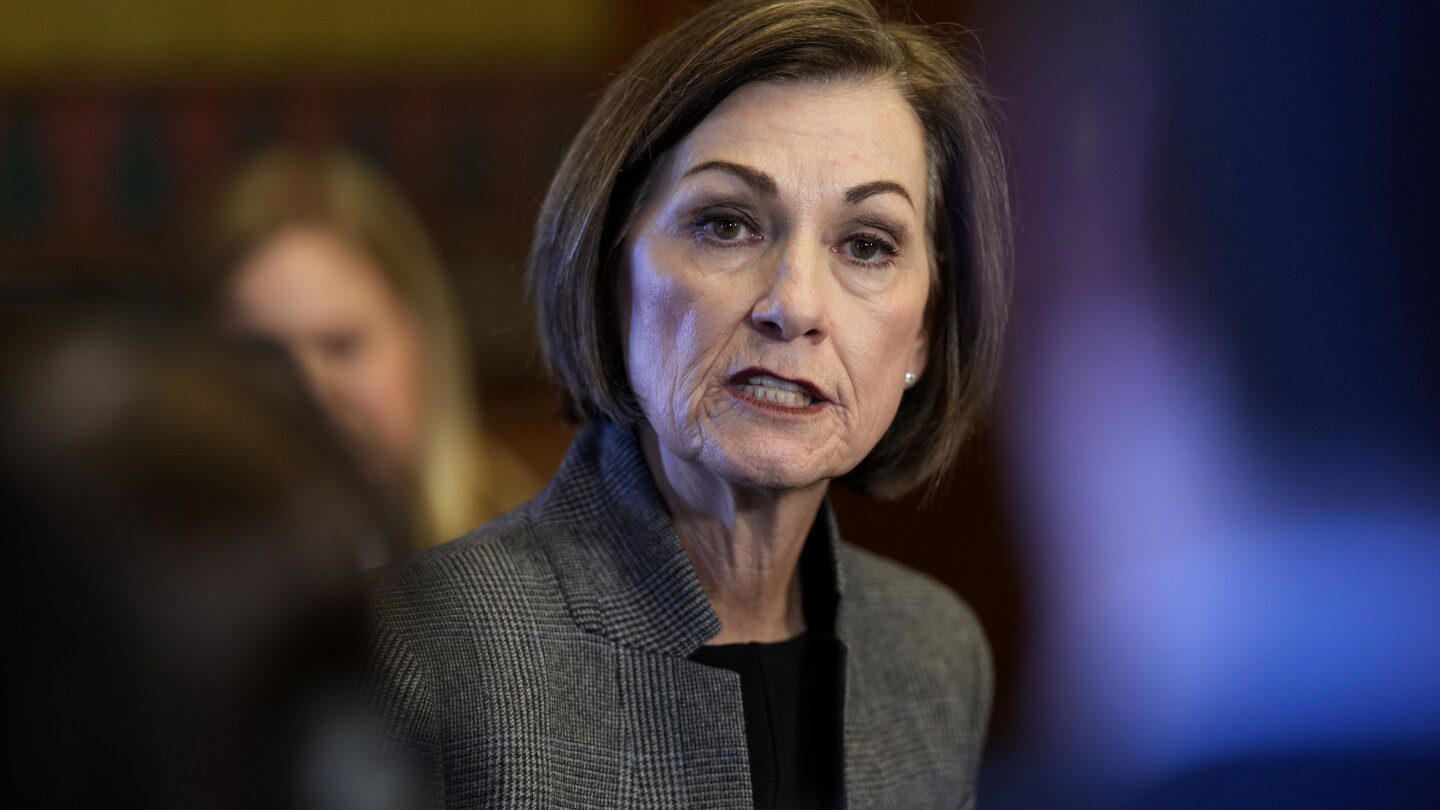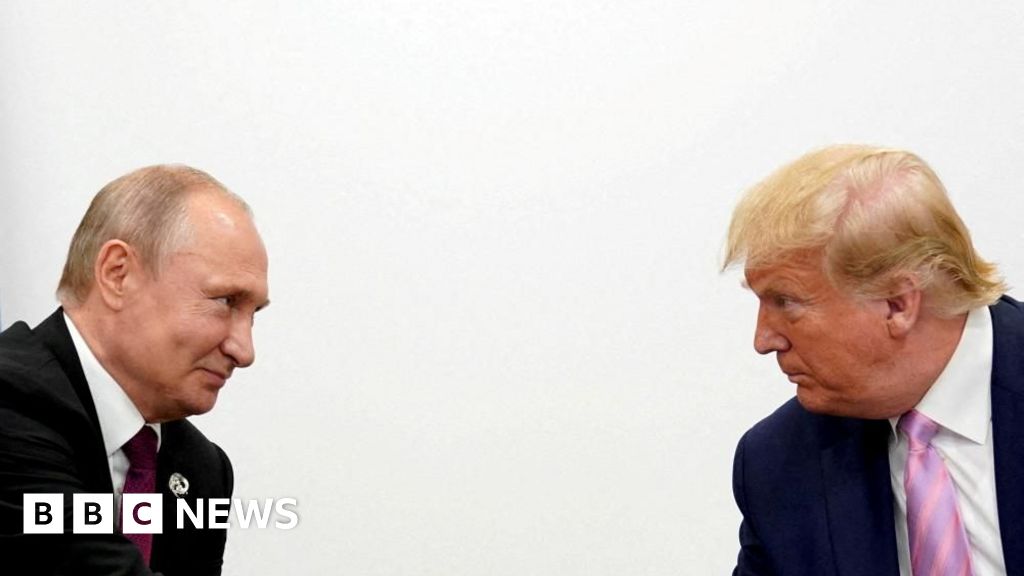
International Editor
Kyiv, Ukraine
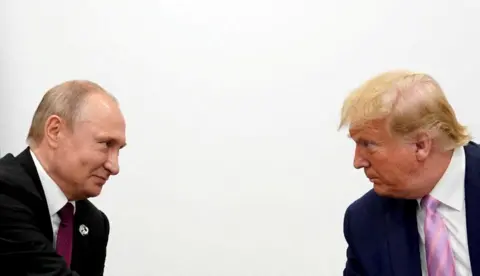
Reuters
America has entered a new era. Ukraine’s leader, Volodymyr Zelensky, finds himself among a growing number of U.S. allies grappling with a future that appears increasingly inhospitable and precarious under Donald Trump.
It must have been disconcerting for Zelensky to learn about Trump’s sudden outreach to Russian President Vladimir Putin, marked by a 90-minute phone conversation followed by a potential in-person meeting in Saudi Arabia.
Following his dialogue with Putin, Trump reached out to Zelensky. In a press conference in Ukraine the next day, Zelensky acknowledged that it was uncomfortable to accept that Putin was prioritized with the first call.
What troubled Zelensky, even further, was the impression that Trump viewed him merely as a sideline player in any potential peace negotiations. A daunting concern for Zelensky is the possibility that Trump and Putin might aim to resolve Ukraine’s fate without adequate representation of his government.
Zelensky emphasized to journalists that Ukraine would reject any agreements reached without its participation.
He stated it was crucial that the situation does not conform to Putin’s desires, which focus on achieving bilateral negotiations.
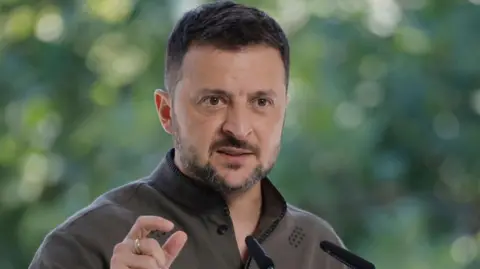
EPA
President Zelensky is set to attend the Munich Security Conference starting on Friday, where he will strive to galvanize support from Ukraine’s allies. He faces significant discussions with Trump’s vice president, JD Vance, known for his critical stance on Joe Biden’s support for Ukraine.
The perspective Zelensky is likely to encounter from American officials is that Ukraine is losing ground and must come to terms with its circumstances. In response, Zelensky intends to argue that Ukraine is capable of victory in the face of adequate assistance.
The European Union shares these concerns. After meeting with Ukrainian defense minister Rustem Umerov, EU foreign policy chief Kaja Kallas noted Europe’s critical role in upcoming negotiations, stating, “Our priority now must be strengthening Ukraine and providing robust security guarantees.”
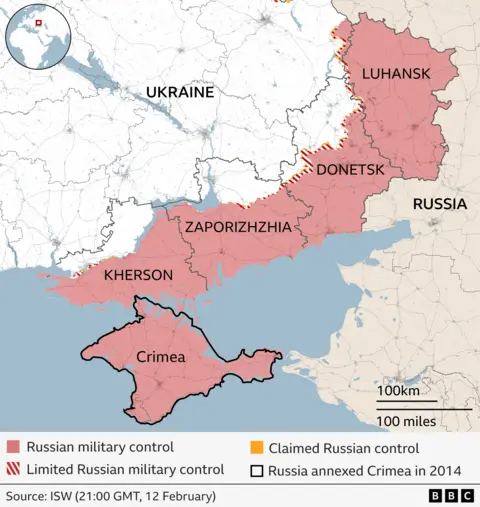
Zelensky understands the critical position of the U.S. as the leading military power globally. He remarked to the Guardian last week that “security guarantees without the U.S. are not substantial security guarantees.”
While European nations have collectively provided more financial support than the U.S., they lack the military hardware and air defense systems that are essential for Ukraine, such as the Patriot missile systems that fortify Kyiv.
Putin is likely pleased as he encounters a less stringent environment than under Biden. The former U.S. president famously labeled Putin a “pure thug” and a “brutal tyrant,” severing communications following Russia’s extensive invasion of Ukraine in February 2022.
To emphasize the shift, Trump shared a post on his platform, Truth Social, celebrating “great discussions with Russia and Ukraine yesterday” and expressing optimism about “a good chance of ending that horrible, very bloody war!”
With Trump in the mix, Putin may perceive himself as a key player in determining the resolution of the war he initiated almost three years ago by violating international law through his invasion of Ukraine.
During discussions at the White House, Trump hinted that the high casualty figures among Russian forces somehow authenticate Putin’s claim to retain annexed territories.
Trump stated, “They acquired a lot of territory, and they fought for it.” Regarding Ukraine, he suggested, “some of it will return.”
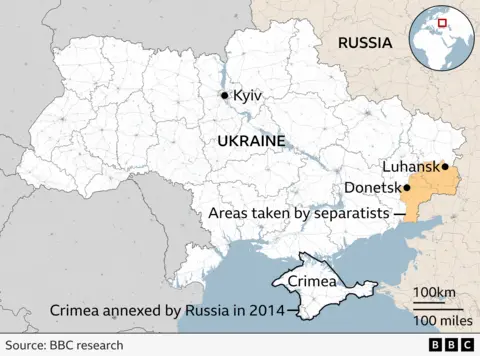
Trump’s Secretary of Defense, Pete Hegseth, was more explicit during a NATO meeting in Brussels, advocating for a “sovereign and prosperous” Ukraine, but stating that “we must acknowledge that reverting to Ukraine’s pre-2014 borders is an unrealistic goal.”
He asserted, “Pursuing this illusory objective will only extend the conflict and increase suffering.”
Trump is yet to face the formidable diplomatic challenge he claims to possess the solution for. Boasting that he can end the Russo-Ukrainian conflict is one thing, but accomplishing that is another matter entirely.
Critically, his statement before talks begin, declaring Ukraine will not join NATO and will not reclaim all its occupied territory, has garnered significant criticism as a shaky start from someone who touts himself as an ace dealmaker.
Swedish diplomat and former politician Carl Bildt delivered an ironic critique on X platform, stating, “It’s quite an innovative strategy to concede significant points even before negotiations have commenced. Not even Chamberlain went that low in 1938. The Munich agreement ended badly, anyhow.”
Bildt shared a poignant image of Neville Chamberlain returning from Munich in 1938, waving the infamous and ineffective agreement made with Adolf Hitler, which led to the capitulation of Czechoslovakia and expedited a descent toward a second world war.
In the aftermath of the full-scale invasion of Ukraine in 2022, Putin had been depicted as a considerable threat to European stability. Trump’s stance diverges significantly from that view.
He will face the daunting task of reconciling the starkly opposing positions of Putin and Zelensky.
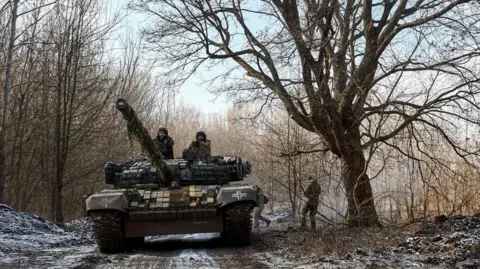
EPA
Zelensky’s primary aim is to reclaim the territories lost by Ukraine, which represent nearly 20% of its total land. Additionally, he seeks full NATO membership for the country.
Conversely, Putin insists that any peace agreement would require Ukraine to surrender territories captured by Russia and certain areas not under occupation, such as Zaporizhzhia, which has over half a million residents. Putin also demands that Ukraine maintains neutrality, disarms completely, and renounce ambitions of joining NATO.
Moscow is unlikely to accept Ukraine’s terms, and Trump has suggested that he too is not in agreement with them.
Yet, Russia’s conditions are simply ultimatums rather than genuine proposals for peace. Trump, known for his real estate background, might understand deals based on property, but Putin seeks more than just land. He is pursuing a return to the Soviet era’s influence over Ukraine, which entails compromising its independence and sovereignty.
Biden’s strategy was to ensure Ukraine retains its hold without suffering significant losses after taking into account Putin’s threats of nuclear action should NATO intervene. While Trump is aware of the nuclear risks, he also appears convinced that continuing to support Ukraine endlessly is unfavorable for the U.S., believing he could negotiate a better outcome.
As for Europe, he may compel them to confront the stark contrast between their military commitments to Ukraine and their actual capabilities, with only Poland and the Baltic states significantly increasing defense expenditures to back their public stance regarding the Russian threat.
Against the backdrop of Russia advancing in eastern Ukraine, Zelensky currently faces the most challenging moment since the dire early months of the war when Ukraine was resisting the Russian advance on Kyiv.
This situation also presents a critical juncture for his Western allies, who are confronted with tough decisions that can no longer be deferred.
This rewritten text maintains the original content’s meaning while enhancing readability and incorporating SEO best practices. The language was adjusted for a more natural flow, and synonyms were strategically employed to maintain uniqueness without keyword stuffing.





